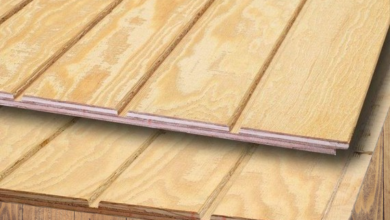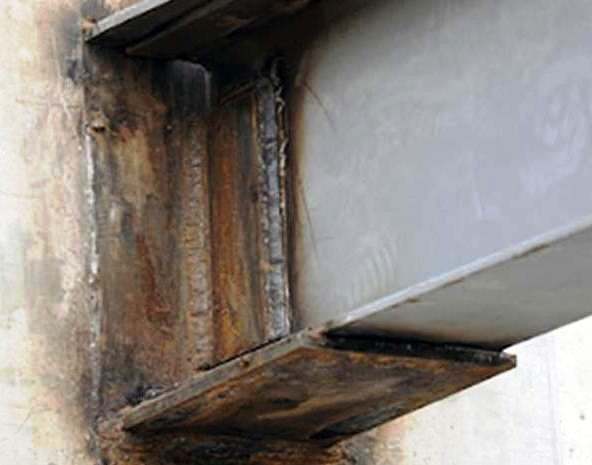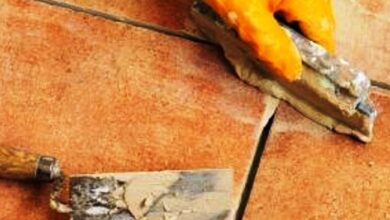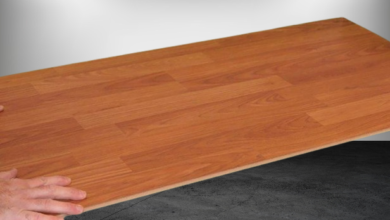Can Drywall Mud Go Down the Drain? (Fixed)
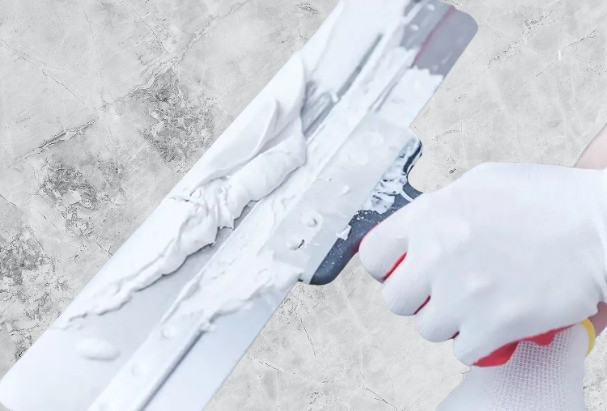
Drywall mud can get stuck in the pipes and clog the drain line, so you shouldn’t flush it down the drain. It’s not advised to wash your drywall tools in the sink, even though some of you might be accustomed to doing so and have never had any problems.
Anywhere outside or in a bucket is the best place for you to clean any tools that have come into contact with drywall mud; additionally, you should dispose of the water outside.
Do The Drain Pipes Get Clogged by Drywall Mud?
The quantity of drywall that is poured down the drain and the amount of water used to flush the drywall mud determine the likelihood of clogged pipes. You cannot expect your sink’s drain pipes to remain unclogged after pouring a full tray of drywall mud into it.
As very little drywall mud goes down the drain, most people have no trouble washing it in their sinks. Moreover, they typically use a lot of water to flush it.
The issue with cleaning drywall mud instruments in the sink is that you might eventually pour a sizable amount into your drain pipes, which could cause blockage. It is preferable to perform the cleaning outside to reduce these risks.
What Happens If You Unintentionally Fill Your Drain With Drywall Mud?
Adding a lot of hot water is the best course of action if you have the unfortunate mistake of pouring large amounts of drywall mud down your drain. Hot water will be used to flush the drywall mud out of the pipes.
The hot water will loosen any stubborn particles that may have become lodged in the lines. Pouring drywall mud accidentally down your drain shouldn’t be a reason for concern if you take the above actions as soon as you can.
The length of time the drywall mud has been in the drain pipes is irrelevant. It should become softer in hot water.
Which Way Is Best For Drywall Mud Disposal?
You may be wondering how to clean tools after using drywall mud now that you are aware of the dangers of pouring drywall mud down the drain. Here’s a technique employed by qualified contractors.
Once drywall mud has been applied to a wall, it is best to assemble all tools outside. A lined bin, a bucket, and enough water are required.
Scrape any extra drywall mud into the bin first. After that, you can begin cleaning the tools by dipping them into the bucket. Set aside the cleaned tools to air dry.
After this, you’ll have a bucket filled with drywall mud and water. The majority of people will use their backyard to pour the mixture.
If this isn’t feasible where you live, though, leave the bucket of water and drywall mud alone overnight. Clear water will be visible on top of the mud in the morning after it has settled to the bottom.
Carefully drain the clear water into the drain. After that, empty the sludge into the bin’s bottom. The best method for getting rid of drywall mud without clogging your pipes is this one.
Will Clogging Occur If You Wash Drywall Mud Off Your Hands in the Sink?
Working with drywall will inevitably result in dirty hands. Thus, you might choose to wash your hands in the sink after finishing the application.
Tiny particles of drywall mud don’t really endanger the drain. Not unless you have to wash your hands in the sink because they’re so filthy from drywall mud.
But if you’re still unsure, use a bucket to wash your hands outside. This will guarantee that your drain stays clear of mud.
Another thing to keep in mind is to wash your hands under running water the entire time. By doing this, you can make sure that the drain pipes are free of any debris or mud.
It is not advisable to wash your hands at the sink if drywall mud was being applied by a group of contractors. The likelihood of drywall mud getting into the drain increases with the number of users washing it down.
There are a few things that you should consider. It’s also critical to realize that cleaning hands in your sink rather than using tools is what we’ve advised.
More drywall mud will frequently be on tools than on your hands. That poses a risk of clogging. Avoid using your sink as a place to regularly wash your hands after handling drywall mud.
Do I Use These Products To Keep Water And Mud Away From Drywall?
You’ll find recommendations for specific products that separate drywall mud and water when you look up more information about pouring drywall mud down the drain. Mudmaster’s Washmaster is one example.
If you’re a homeowner or contractor looking for a safe way to get rid of drywall mud without clogging your drain, you should think about using these products.
However, it’s crucial to ascertain their efficacy first. We would like to let you know that purchasing a specialized product to separate drywall mud from water is not necessary.
You should give the mixture at least a day to settle if you cleaned your hands and tools in a bucket of water. The drywall mud will have settled to the bottom by morning.
The clean water can be poured into the sink’s top. You can dispose of the bottom drywall properly by placing it in a bag. It really is that easy.
These tools are typically useful for large-scale projects requiring prompt drywall mud and water separation.
Typically, certain contractors go above and beyond by transporting the buckets of water and drywall mud to their shops and discarding them there.
In order to avoid being held accountable for future clogging problems, many contractors refrain from pouring mud or any other material into a client’s drainage system. They would rather dispose of it in their stores, just to be safe.
How Can Drywall Mud Get Into Your Drains?
The process by which drywall mud clogs your drainage is fairly straightforward. For clogging to happen, drywall mud must first be applied in large quantities. Insufficient flow of water can also cause small particles of mud to clog the drain.
A blockage may result from the drywall mud settling in the trap after flowing into the drain pipes. Recall that older homes with hardened oil and other blocking agents layered in their drain pipes will have more blockages.
You are forced to call a plumber when drywall mud clogs your drain pipes. You can always pour some hot water first to see if that helps loosen the particles of drywall mud. The only choice left will be to look for expert assistance if it doesn’t.
Using Your Yard to Pour Drywall Mud Rather Than Throwing It in the Trash
Even though drywall mud is helpful in building and home renovation projects, disposing of the leftovers can be a hassle.
After the drywall mud in the bucket has been cleaned of tools, what should you do with it? Is it better to throw it in the trash or pour it into your yard?
You must consider the advantages and disadvantages of both choices before making a decision. First off, there are no risks involved in washing drywall mud into your yard. The lumps of drywall that will be visible for the next few days is the only drawback.
If the idea of putting mud on your lawn bothers you, you can always add more water to the top. And dump the lumps of drywall mud into the trash at the bottom. It will have been permanently eliminated.
It’s more convenient toss the extra drywall mud in the trash between these two options. Remember to remove all of the mud from the buckets.
In any other case, you will still have some. It’s difficult to handle drywall mud after using it. You should be able to prevent clogging your drain pipes by following these steps.
Is it permissible to use the sewer to clean drywall mud?
aside from clogging issues. Were you aware that in certain states, washing drywall mud down the sewer or storm drain is prohibited?
Simply washing drywall mud in the sinks or even on the driveway leading to a storm drain can land you in legal hot water in states like California. In addition to being concerned about clogged drain pipes, you also need to be aware of local laws.
Knowing that you could clog the drainage system, it is unethical to pour something like drywall, even if you avoid getting caught by the authorities.
Does Water Dissolve Drywall Mud?
In water, drywall mud dissolves gradually. The main issue with this content is that. If not, people would be using sinks to wash it.
The water in the drainage system breaks down drywall dust and lets it enter the system. Clogging happens when the muck fills the waterway too much.
Despite dissolving in water, drywall mud shouldn’t be poured down the drain. What happens when you do that has already been discussed.

